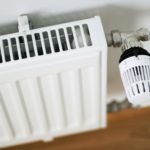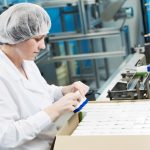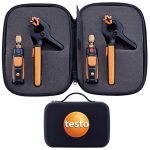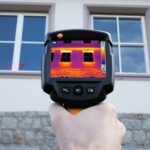The formation of a brand new initiative is set to provide a boost to the HVAC&R industry in Australia, with one of the clear focuses being on improving efficiency and lowering emissions.
Earlier in April, a number of key stakeholders from the HVAC&R sector joined forces to develop ‘PRIME’. The acronym stands for the five “pathways” that will help lead to low-emissions ethos in the industry – professionalism, regulation, information, measurement, and emission abatement.
“As an industry, we long ago realised we have a duty to act towards reducing our carbon emissions. And it’s something I know I’m not alone in being passionate about,” stated Bryon Price, A.G. Coombs strategic development director and chair of PRIME’s steering council.
“In my 30-odd years in the industry I’ve never encountered the kind of optimism and cooperation I’ve seen towards the PRIME initiative, from all parts of the HVAC&R industry. The opportunity is there; the challenge is in how we go forward.”
The two last objectives of the PRIME puzzle – measurement and emission abatement – are likely to receive a substantial proportion of industry attention. Lowering emissions across the industry relies on the input from the individuals who work in it, and accurate, regular measurement of working conditions is paramount to achieving this goal.
According to the PRIME prospectus, the measurement component of the initiative includes emphasis on “using system rating tools, industry metrics, building tuning and system optimisation”. Fortunately, with the wide range of measurement tools now available to HVAC&R workers, it’s now easier than ever to keep track of conditions so appropriate action can be taken accordingly.
For instance, refrigeration gauge sets can help keep tabs on how a refrigeration or heating system is performing, alerting you of any anomalies that need addressing. Such devices allow for the simultaneous measurement of superheating and subcooling in real time, ensuring your finder is always on the pulse.









 Reduce cooking oil costs while ensuring quality
Reduce cooking oil costs while ensuring quality Expert knowledge on CO2 monitoring
Expert knowledge on CO2 monitoring Refrigeration knowledge - in 3 modules
Refrigeration knowledge - in 3 modules



